Canon has released two patent applications going into detail about using a grip as an active cooling device for our overworked and overheating camera systems.
I've long thought that Canon could do a lot more with grips than add a few batteries and call it a day – cooling certainly fits into the mold of expanding functionality via the accessory grip.
Using an accessory grip to provide the active cooling allows the base camera to still be light and small for stills photography, but by adding the grip it then allows for active cooling for video users that usually aren't as concerned about size and weight.
This is actually one of the problems that I've noticed that Canon was always grappling with in the past, which was the ability to add cooling to the cameras but maintain the lighter size and weight. Given how many mirrorless users used to complain about the extreme weight of DLSRs and how they couldn't lift the boat anchors/dinosaurs/ancient DSLR cameras, maybe there is some actual truth to that concern. Now that I think about it, I happily traded my DSLRs for EOS-Ms so I guess I am one of those users too. Having read Canon patents for the past too many years, Canon obsesses over every last millimeter of the dimensions on a camera. The same level of concern is given to the weight of a camera. You and I may not think it's that important, but Canon certainly does.
Patent Application 2023-127217 specifically deals with how to place as large of a fan as possible into the grip while keeping the vibration and noise to a minimum, and moving as much air as possible into the camera to dissipate as much heat as possible at the same time. As Canon writes, it is possible to provide a small-sized cooling device that can efficiently send cooling air into electronic equipment using a fan.
Looking at the diagram below you can see the illustration shows Canon has put in an Aliexpress laptop fan into the external grip. The idea is that air is sucked through the grip and up into the camera body, thus allowing for efficient heat dissipation.
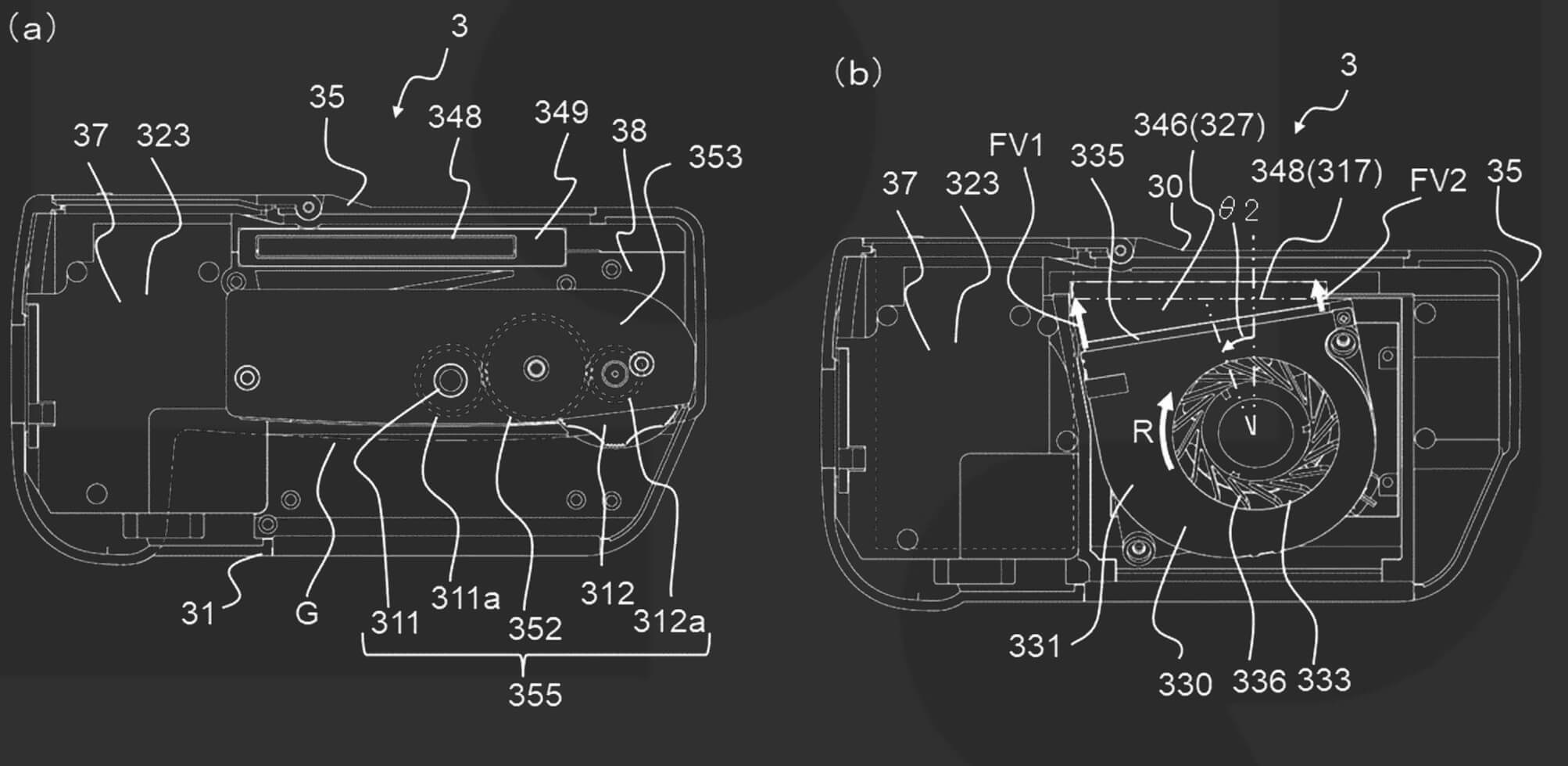
Patent Application 2023-127160 deals with the heat pipe and heat transfer method and also the duct in the camera. This is necessary to efficiently transfer heat from the sensor and other components. Canon is concerned about the size of the duct and heat pipe taking up too much room inside of the camera body. The smaller this is, the smaller and lighter the camera can be and thus more optimum for still photography.
As you can see both these patent applications are incredibly detailed and go hand in hand to form a solid cooling solution for a future camera body. Could this be a good answer and allow Canon to provide the best of both words to the stills and also the video users? I know it's something that Canon has been grappling with and this seems to be the most detailed set of applications that Canon has drawn up that discuss a complete and elegant solution.
As with all Canon patent applications, these may never make it into a final patent or an actual product, but this type of patent application always interests me because you can see that Canon isn't standing still and is always thinking of better methods of heat management.
Source: Japan Patent Application 2023-127217
Source: Japan Patent Application 2023-127160
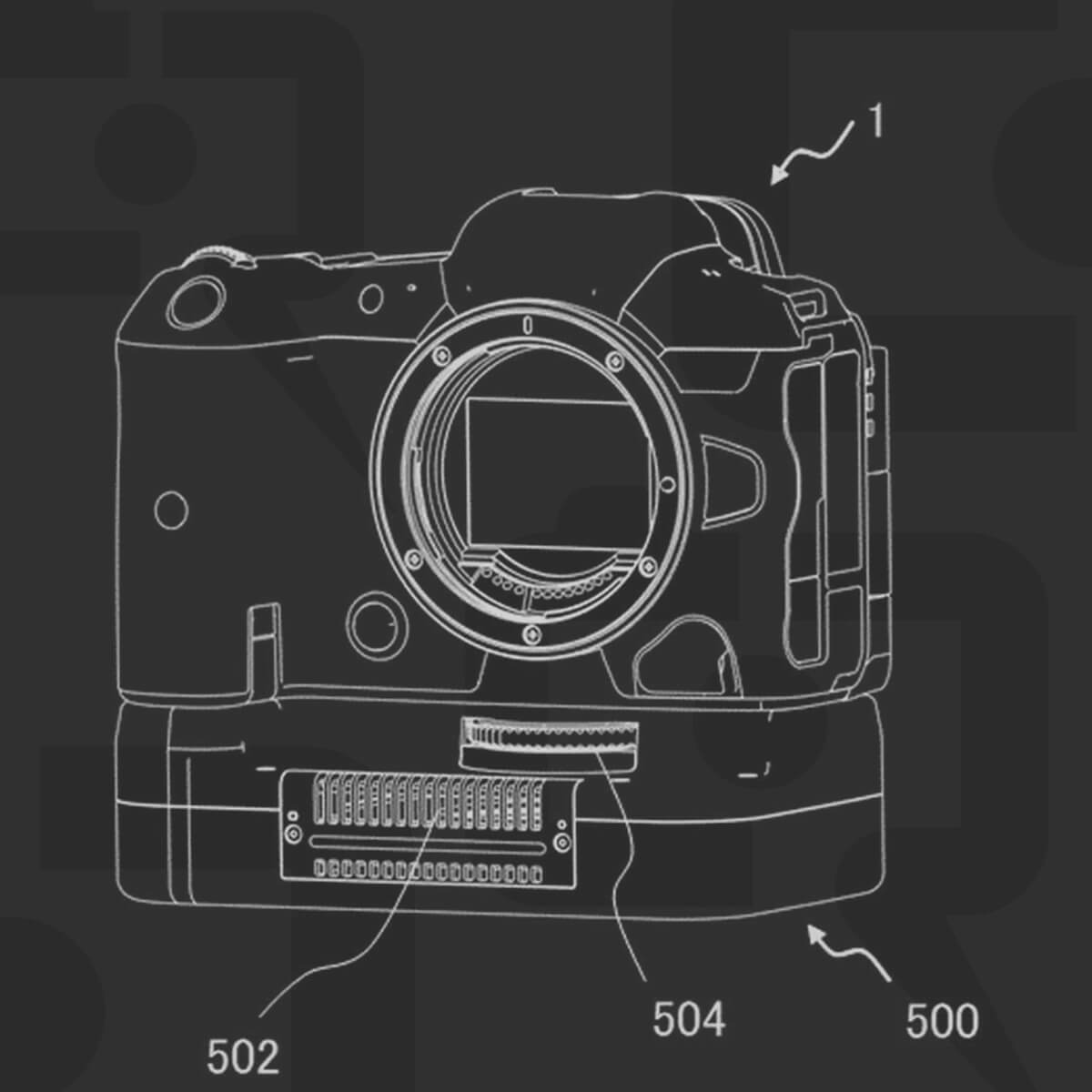
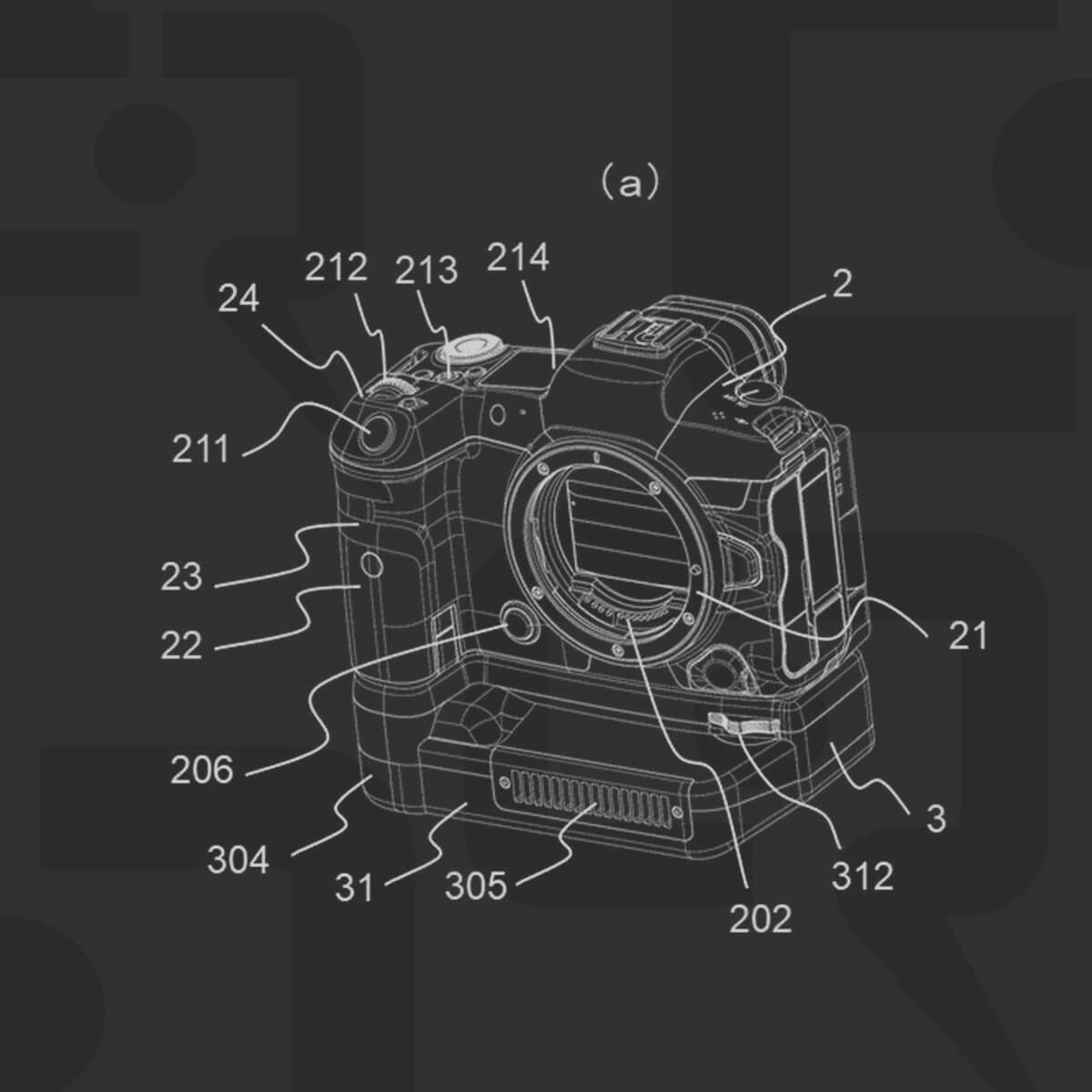
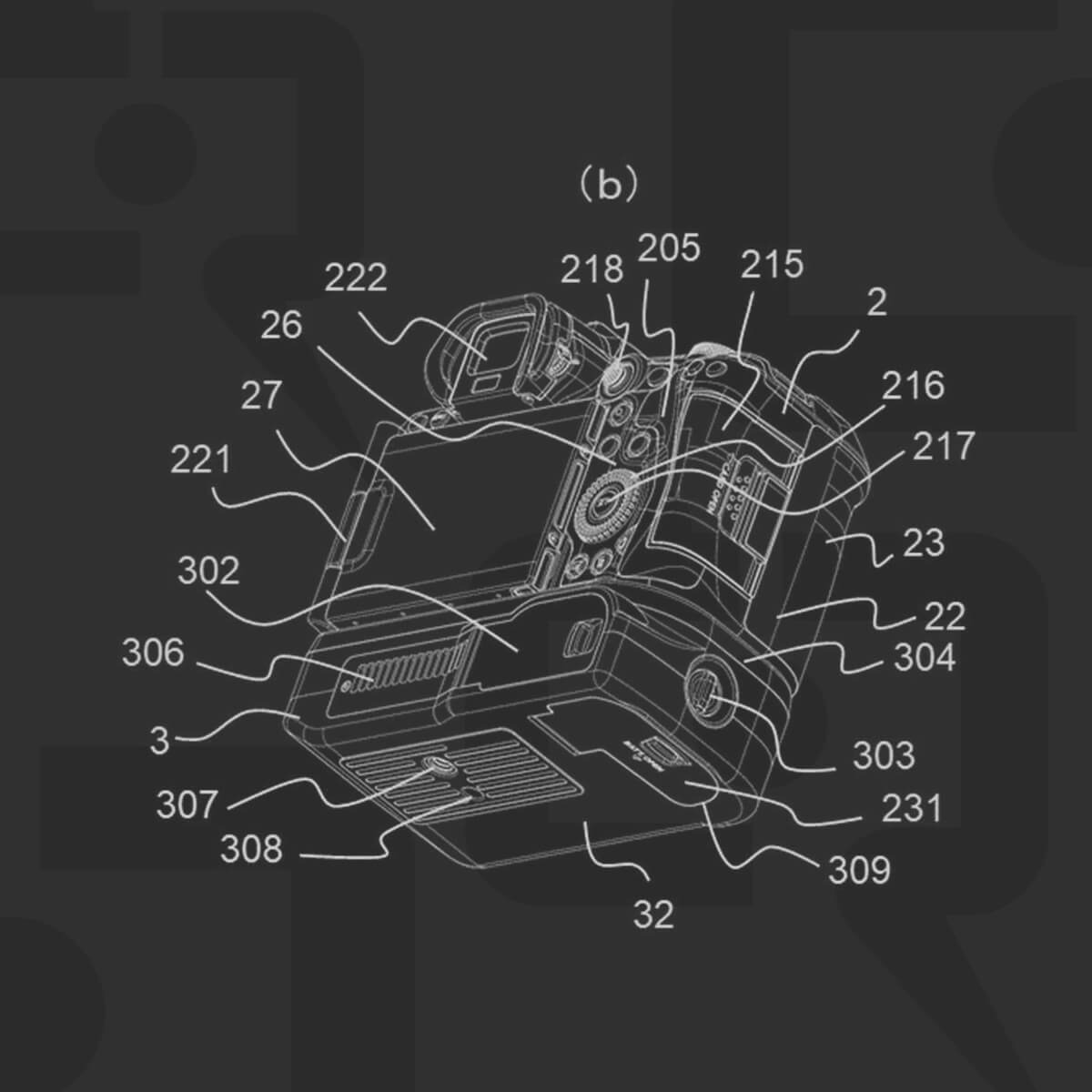
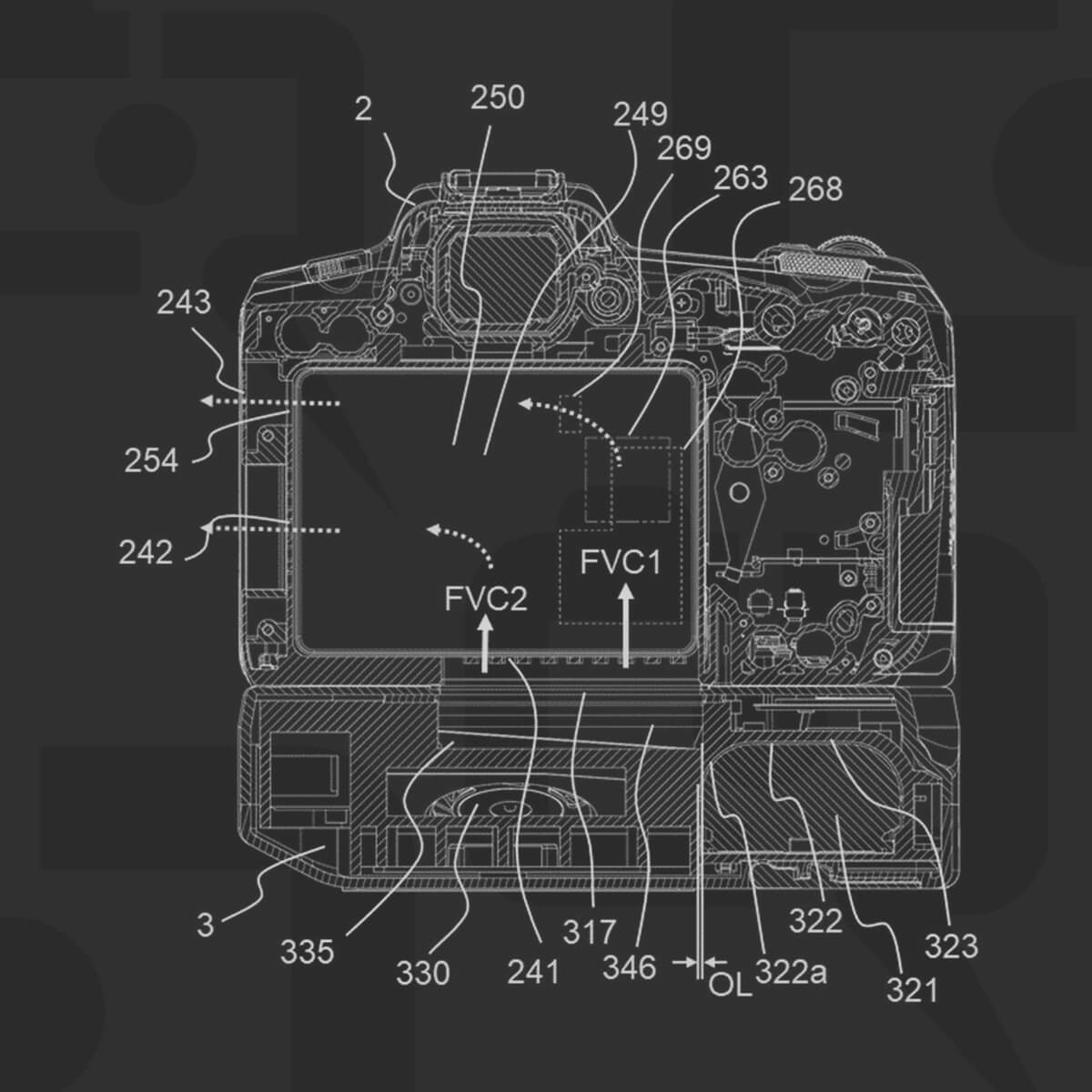
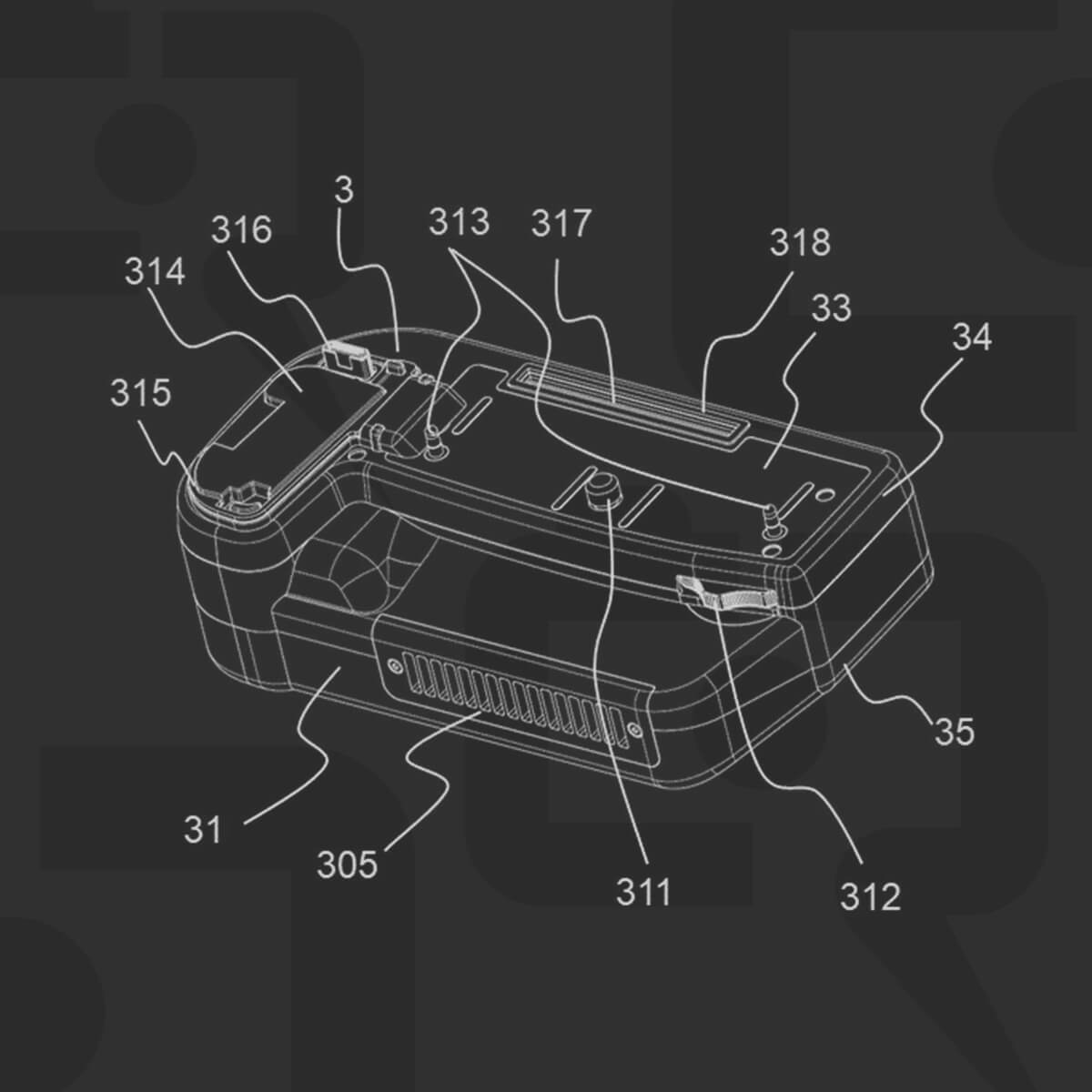
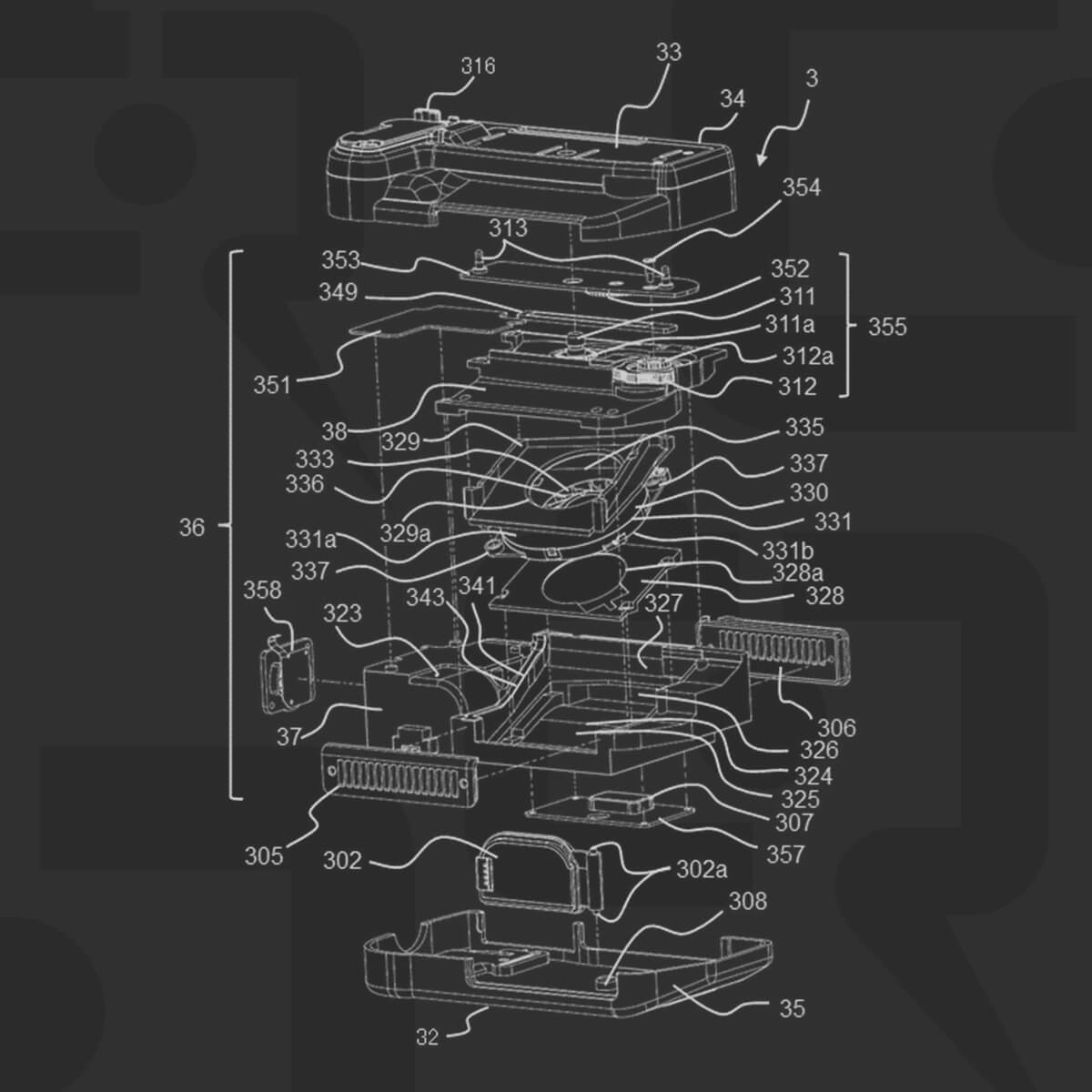
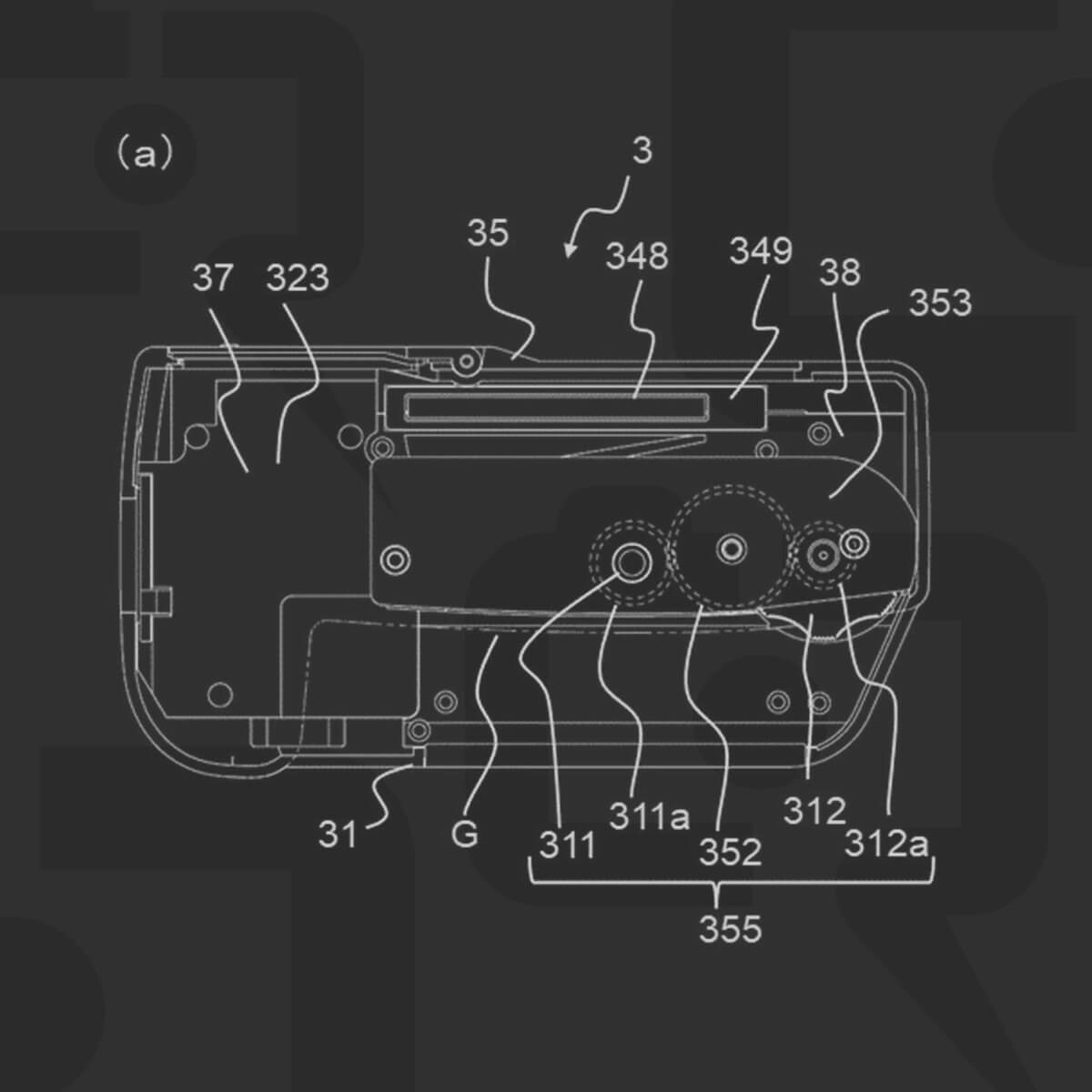

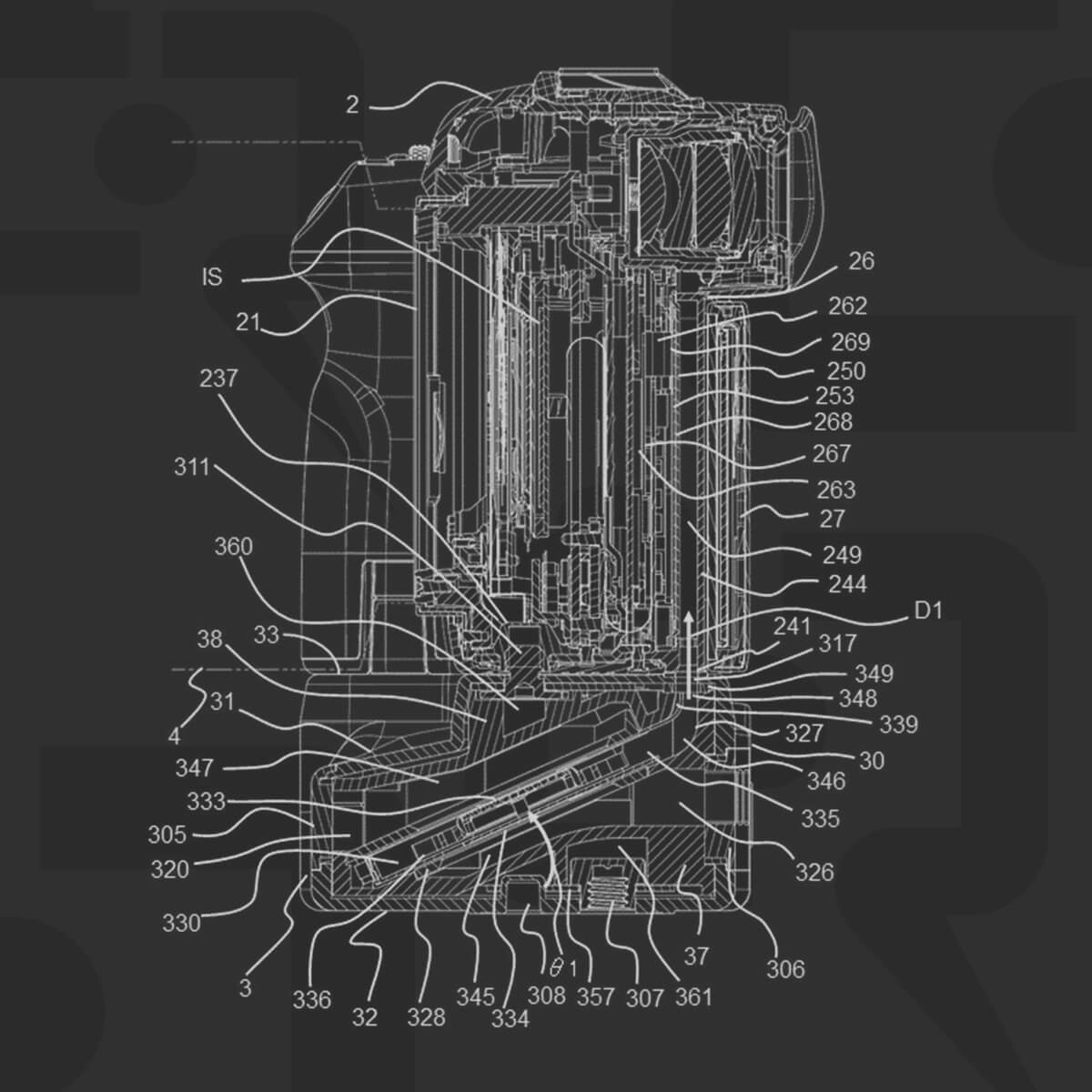

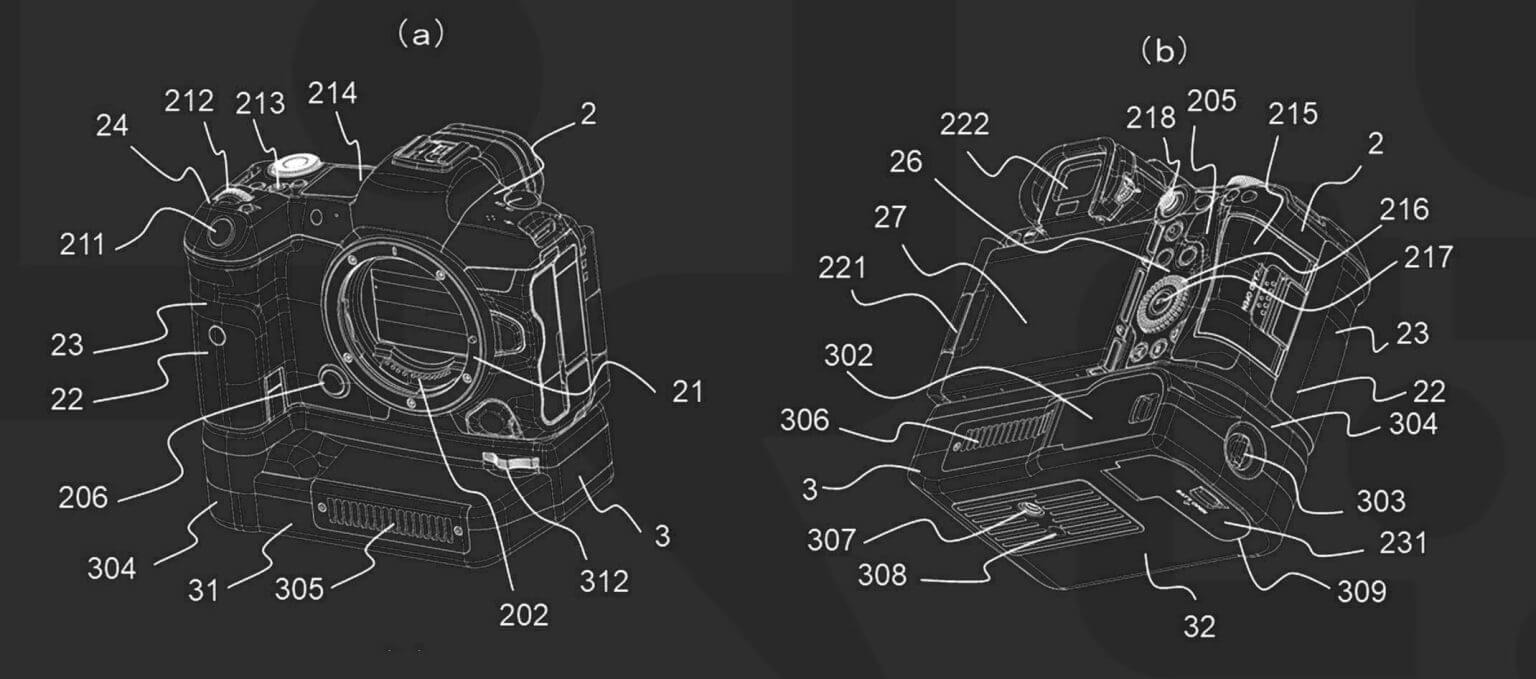
I hope this fulfills some videographers dreams.
In all seriousness, there has been so many different ways that canon as attempted heat management, this actually looks like one of the more complete and elegant solutions
After the 40s everything you wish is small and lightweight.
But***
Looking at the details of the photos, I think the next generation of cameras will come with passive cooling, and you can add a grip for active cooling.
i think their solution is a tad bit more portable than the water cooled one :p but yes, what he's saying is almost what they have implemented, except they are using air ducts.
In fact, Kolari Vision's R5 cooling kit is basically just copying the original design he created and Canon is looking to do the same.
If the body is designed like what he said in the end, then the optional grip will be very effective.
The EL-1 Speedlite has internal active cooling. Perhaps this grip idea would work something similar.
Thermoelectric cooling wouldn't accomplish anything here. You still need a [larger] heatsink on the TEC, and they're terribly inefficient. Generally the only time you would look at using a TEC is if you need to keep very close to or under ambient.
Pretty much the same as the R5 C, C70, S1H, FX3, Komodo, and many other weather-sealed cameras.
The fan is only for the heat sync.